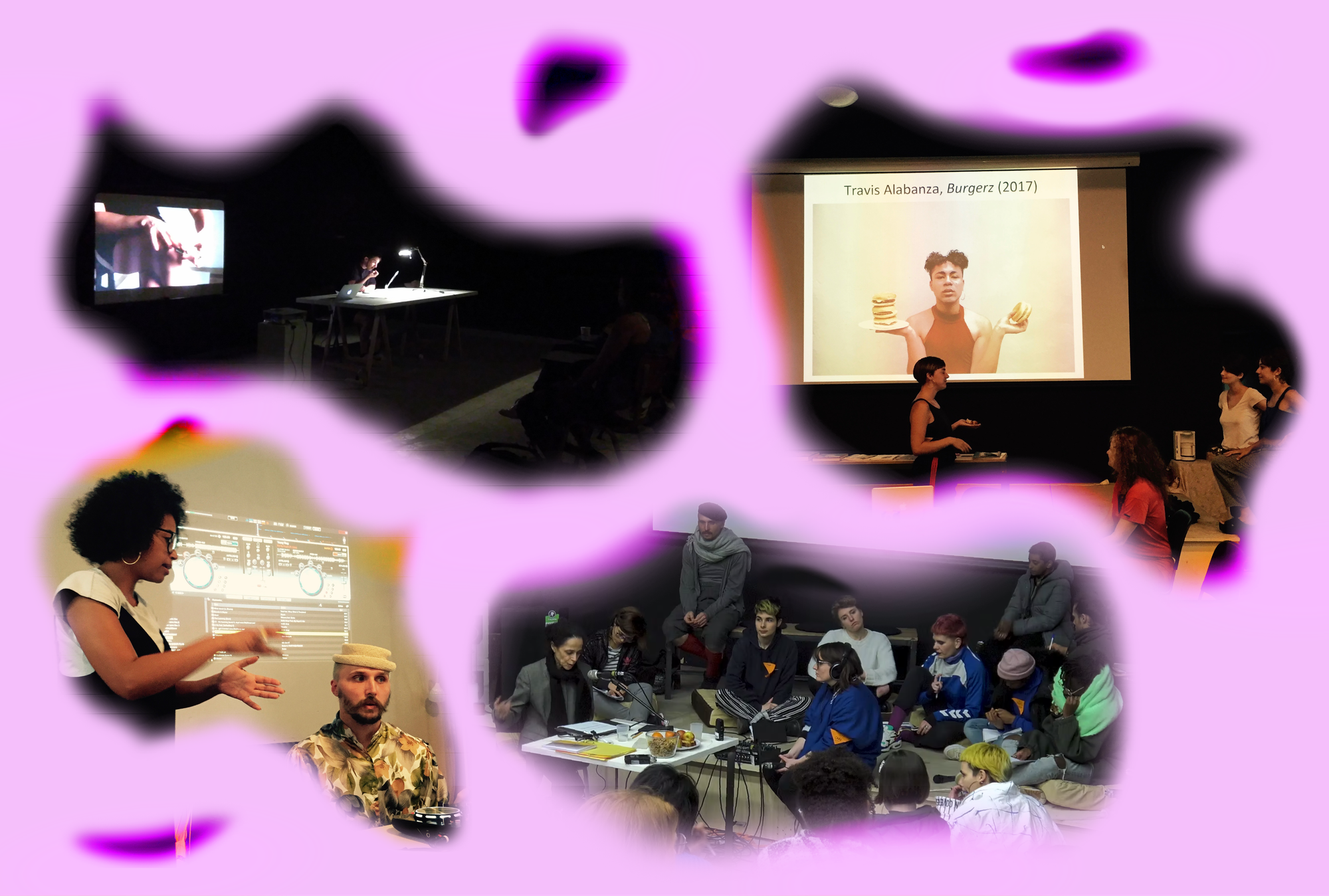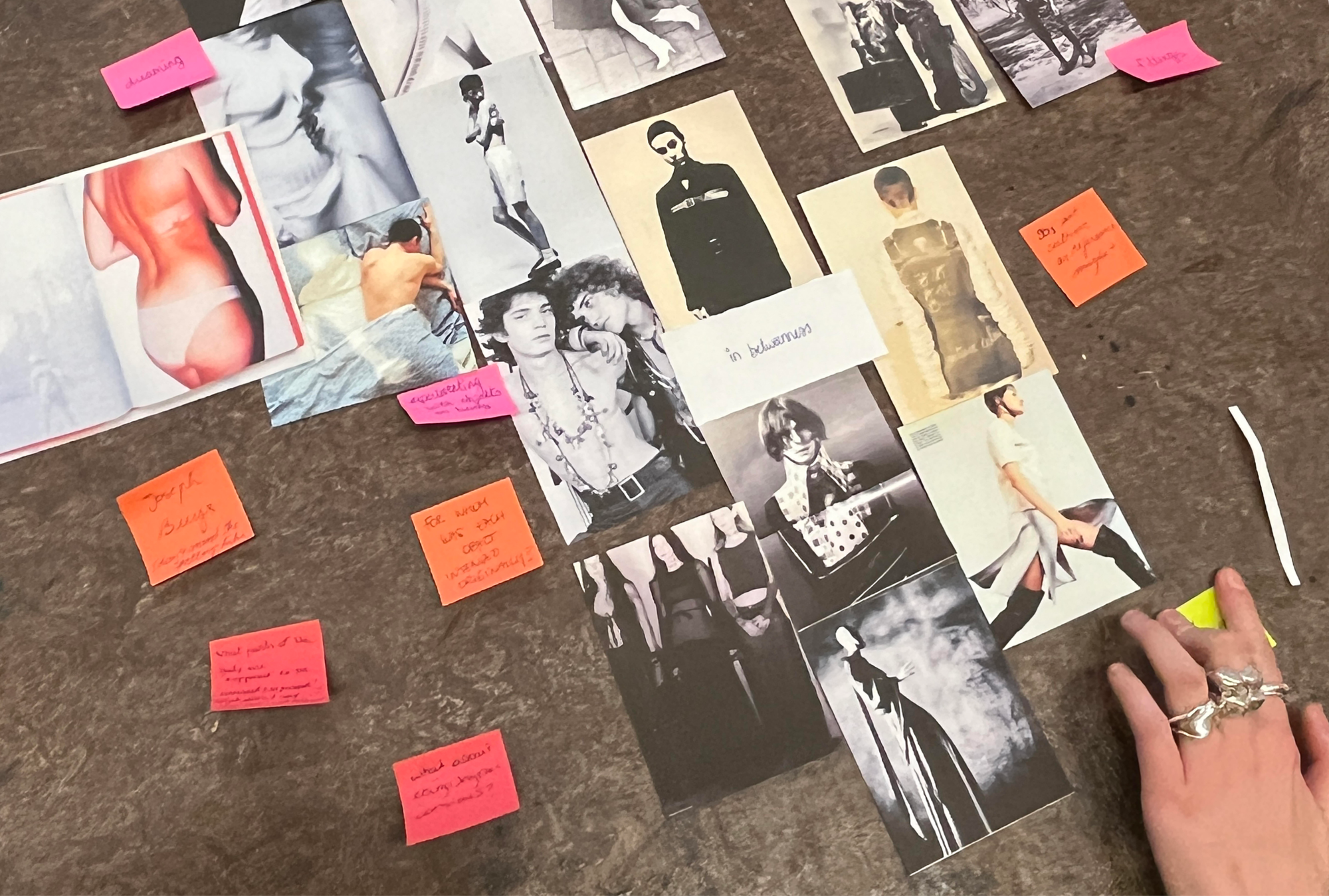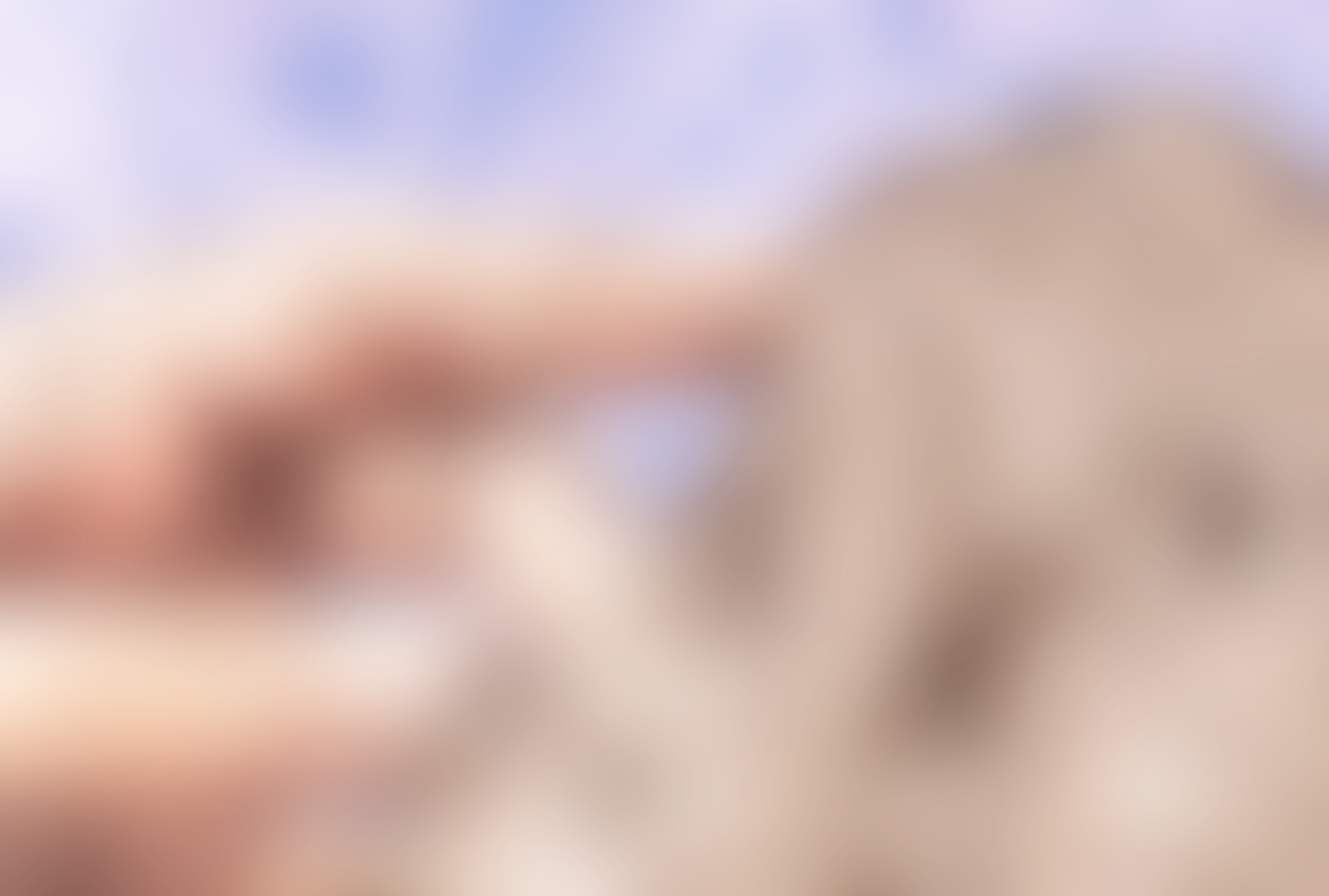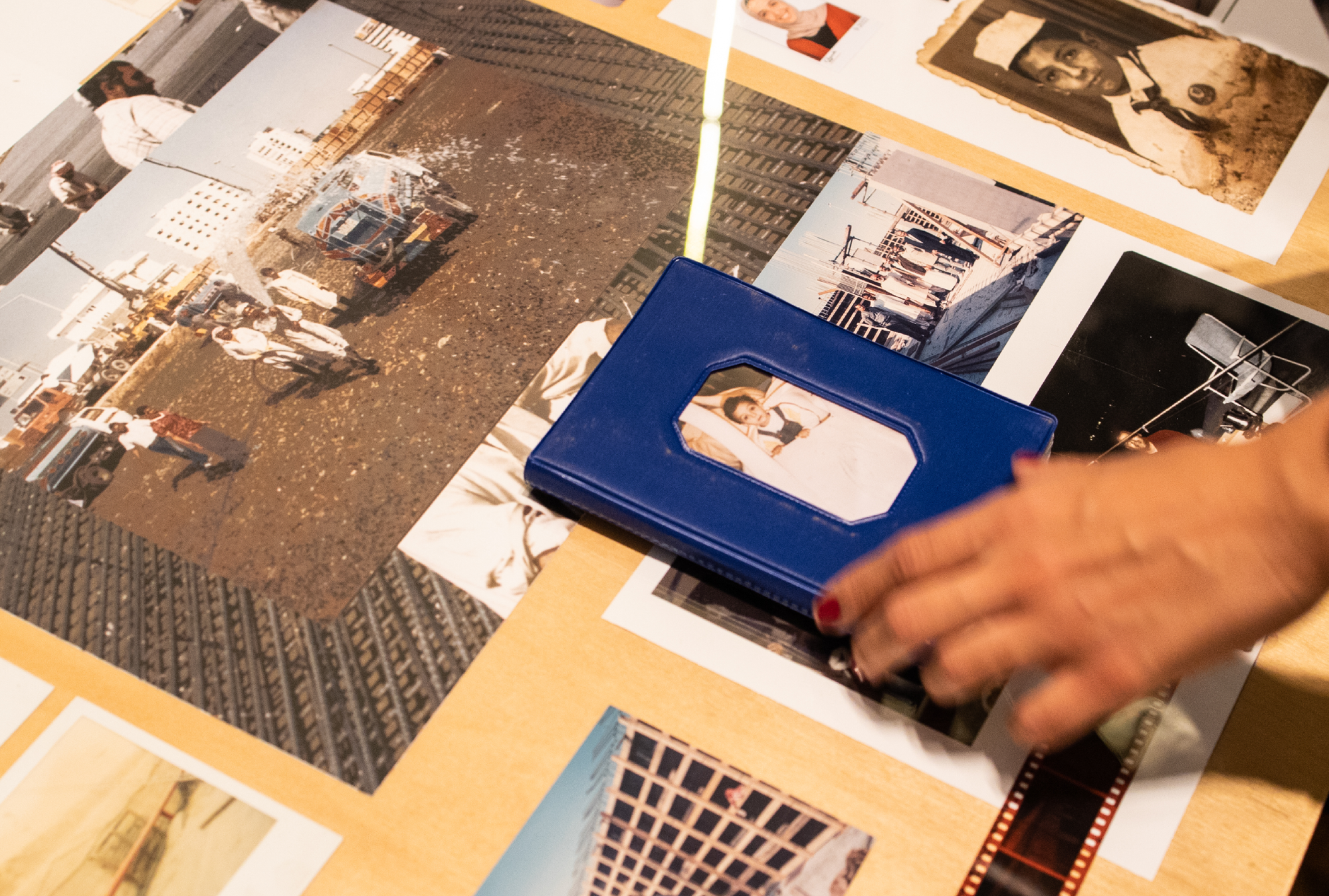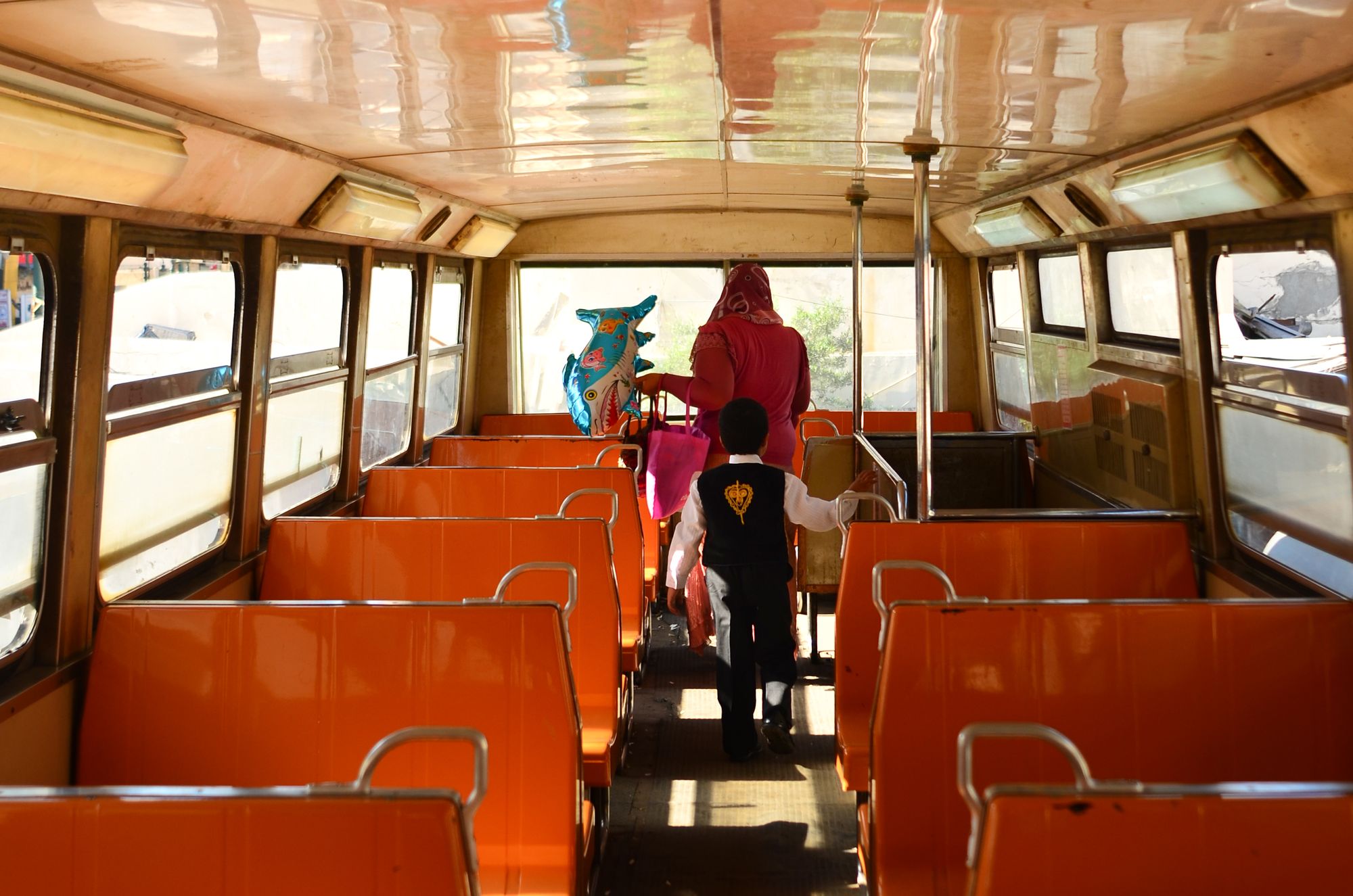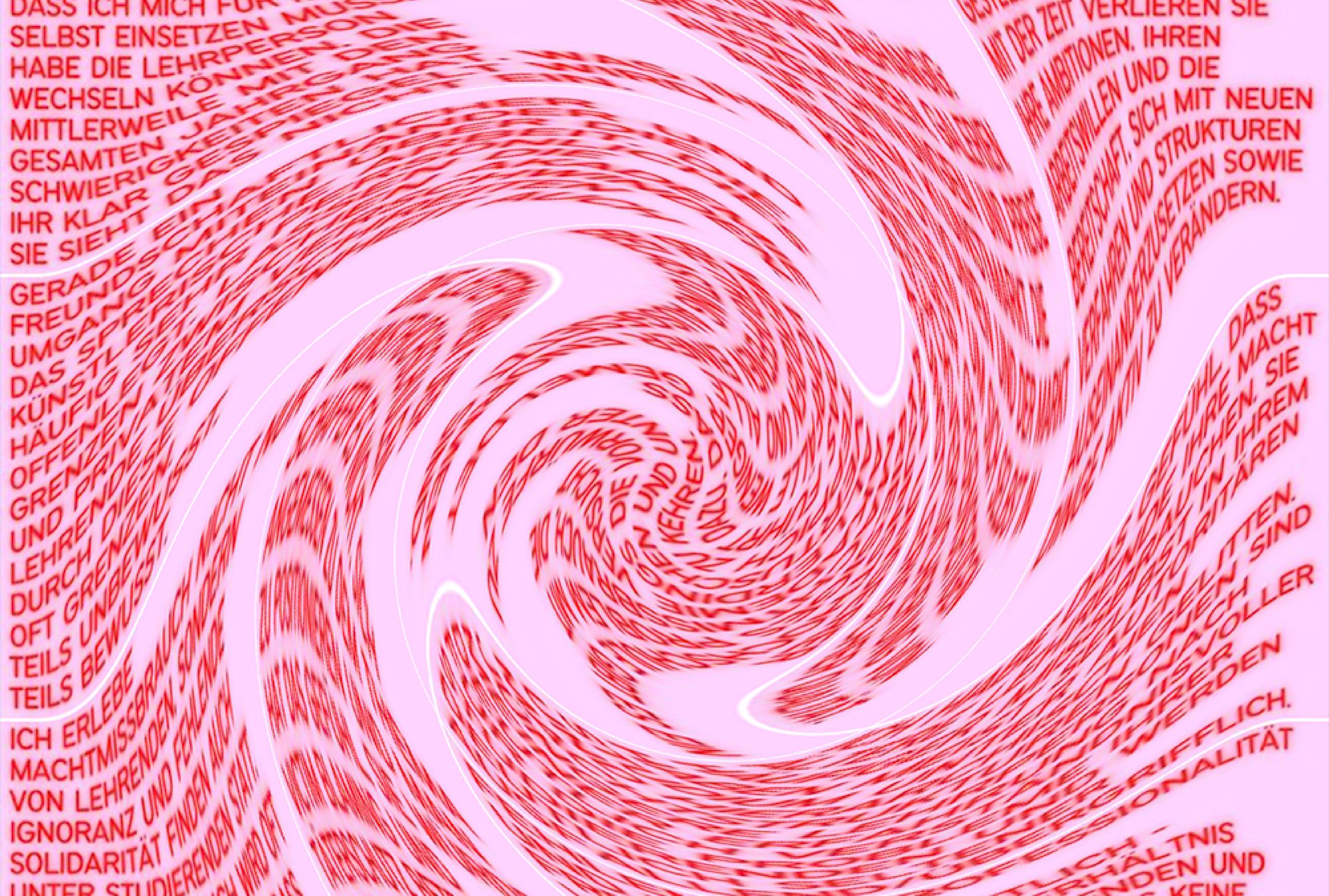
The majestic facades of German art schools are crumbling—figuratively speaking. Many of these institutions enjoy a reputation of being progressive, critical, and diverse places of learning. “Unfortunately, when you arrive there, you have to realize that conserved values and traditional gender stereotypes, old-fashioned misogyny and virile power demeanor are in full bloom at such an art school,” as an anonymous writer, using the pseudonym Berta Bella pointed out in a 2017 article about sexism at German art schools in the magazine Merkur. The omnipresent discrimination and abuse of power is often well-known, but in many cases is excused as tradition or brushed off as artistic temperament. Lifelong professorships, a lack of complaint systems and highly personal teaching relationships reinforce structures of dependency and support a culture that is friendly to discrimination.
Since about mid last year, initiatives such as @CallOutDutchArtInstitutions from the Netherlands, ENGAGEMENT from Belgium, or #exitracismudk from Germany have been drawing attention to these abuses. The strategies of these digitally savvy initiatives range from spreading open letters to collecting and publishing experiences of discrimination.
In December 2020, a new student-led initiative emerged in Germany, called @machtmissbrauch, German for “abuse of power.” They published an online-questionnaire that swept through the German art school world. It allows art students to give anonymous feedback about the abuse of power they have witnessed or experienced within their institutions and its effect on their personal life and professional practice.
“Glowing red letters tell of the difficulty of raising critique and voicing complaints within the hierarchical structures of the institutions, of lack of solidarity among students, of discrimination, and of sexual relationships between students and teachers.”
Right now, the team of @machtmissbrauch is working on analyzing and visualizing the data of more than 300 participants. To give people a first insight into the results, @machtmissbrauch already published 35 experience reports on their Instagram account. Glowing red letters tell of the difficulty of raising critique and voicing complaints within the hierarchical structures of the institutions, of lack of solidarity among students, of discrimination, and of sexual relationships between students and teachers.
The account deliberately does not publish the names of authors or accused, in order to focus the discussion on the structural dimension of the problem rather than on individuals. This strategy is also legally recommended, as the lawyer Verena Haisch from Hamburg, who specializes in media and press law, emphasizes: “If you publish facts, there must be sufficient evidence. I would always recommend investigating a story and to never publish something anonymously submitted without fact-checking. For me that’s definitely a moral question too.”
In January of this year, I interviewed @machtmissbrauch to learn more about the background of their activism. We talked about their motivation, their goals, and some of the strategic decisions they took. They have only just started. Yet, their distinct approach promises to become an important contribution to the tackling of complex structural inequalities of power that seem to riddle today’s art schools. One thing is clear: there is still so much to be done.

“The microcosm of art schools is much smaller than that of universities. This often impedes the transparent discourse as victims rarely remain anonymous.
There are hardly any possibilities to avoid abusers in teaching.
These structures protect abusers.”
“Archaic class structures are one reason for the abuse of power in art schools. After all, they’re still originating from ‘masters’, and perhaps an assistant, when dealing with their students. Even aside from this structure, art schools are set up extremely hierarchical.”
Katharina Brenner: What motivated you to start your account?
@machtmisbrauch: When you’re studying or working in the field of art, art business, art market, or art academia, sooner or later, you’re confronted with old-fashioned institutional systems, oppressive hierarchy structures, and generally a system that’s still largely relying on subjective taste, monopolies of power, and intransparent institutional financing. We continue to see over-glorified charismatic artists rise and reign unfairly, and we witness countless powerful stakeholders of the art system fighting for their ongoing relevance in a rapidly diversifying market with questionable ethics.
How is this connected to art schools?
For artists, their engagement with the art establishment starts with institutional education. However, instead of preparing young creatives for the production, marketing and monetization, contracting and legal protection of their work in a tough field, academies seem to hold on to old models of education that were useful when art still was largely a service sector—a time when masters gathered students to collaboratively work on epochal works, for which young apprentices earned neither credit nor authorship. However, this model of producing art by imitating the master has long been replaced. And yet, in German art institutions, the master as the sovereign art professor still holds a kind of position and power that is comparable to this outdated master-apprentice model.
“professors often decide who rises and who falls on the stock exchange chart of art: who gets a grant, who wins a prize, who’s the name of an exhibition. Such a system benefits structural abuse of power.”
How do these structures influence abuse of power?
Art academies have failed to keep up with current standards in institutional management, organizational structure, and—most importantly—educational best-practices, which would include up-to-date pedagogical principles, models of evaluation, and student protection. Thus, art students often have to overcome unspeakable challenges when it comes to the behavior of professors and the lack of protection by the institution.
However, professors often decide who rises and who falls on the stock exchange chart of art: who gets a grant, who wins a prize, who’s the name of an exhibition. Such a system benefits structural abuse of power. The results of our questionnaire show that art students suffer from such abuse in many ways and often sustain temporary or even long-term damage, leading to deteriorating mental health, anxiety, or even dropping out of art school.
Through our study we’re now able to further isolate and formulate the forms that abuse of power takes in art academies and its effects on students.

“In the creative field, everyone claims to be so casual, liberal-minded, and tolerant. This makes it easy to assume that abuse of power and encroaching behaviour, sexism, racism, etc. are not taking place.
In fact, the opposite is true.
”
Have you been inspired by any other account publishing discrimination?
2020 was a big year in regard to shining light on and protesting structural problems. Black Lives Matter for one, being one of the largest protest movements in recent history. But also earlier initiatives proclaiming structural change, such as the ‘Me Too’ movement, blew up on a global scale and led to a more transparent approach of talking about structural problems and long-needed change. Obviously we’re not comparing our initiative to such colossal movements, but it’s clear that times have changed and protest culture is booming. Mediums such as Social Media have pushed such developments, firstly in terms of quantitative digital solidarity, and secondly in the ways protests are being organized and mobilized. We’ve not been inspired by specific accounts, but by the current climate in general.
What makes you different from other similar initiatives?
In our case, we didn’t want to just create publicity but go further and foster a structured discourse that’s change-oriented. The questionnaire delivers first-hand insights of what the biggest problems and issues of abuse of power actually are and their consequences. We wanted to collect data, not only regurgitate former expressions of inequity, to actually challenge the structural abuse of power in art academies.
Why did you decide not to publish names?
We don’t want to organize, spread, and engage in defamation campaigns. Moreover, we don’t want the public to turn from potentially constructive discourse towards destructive accusations against unconfirmed perpetrators or practice victim blaming. By approaching the collected data as well as submissions of individual experiences anonymously, we leave room for a more open discussion. Even though our hypothesis presupposes the factual existence of abuse of power in art academies and our questionnaire is in some aspects admittedly suggestive, we made sure the answering options we offered are open.
How do you feel about the possibility that stories might not be true?
We started this form of pilot study, the questionnaire, with the intention of collecting data to further identify, understand, and by that explicate the structural mechanics of how abuse of power operates in art academies—and doing so independently from the institutions being examined. Through the structure of our platform and our starting hypothesis of abuse of power being real, we were obviously creating an inviting and safe environment for victims to participate. In their anonymous testimonials there is so much “Leidensdruck”—psychological strain—, so much oppression, fear, and anger present that we’re keen to believe their stories. At no point in time were we guaranteeing for immaculately scientific results. Rather we are drafting an in-depth insight into students’ perspective onto abuse of power and its effects.

“In art schools, the abuse of power is particularly oppressive; because it’s impossible to assess art objectively, personal relationships acquire an important status. Not being liked by teachers comes with the fear of being negatively assessed by them later on regarding articles or judgements for awards.”
“There is a low-threshold communication between teachers and students prevalent in art schools, more so than in large institutions. This can quickly lead to fatal boundary crossing through teaching staff, if there is no clear structure being communicated and adhered to that is appropriate for the students.”
“There are lots of students out there who are scared and feel that no one is on their side. The abuse of power is a real, tangible, and structural problem and its mechanisms and effects put many stakeholders into positions that are uncomfortable and, at worst, career threatening.”
Do you want to stay anonymous in the future?
We still stand behind the decision of starting this page anonymously to protect both the participants as well as ourselves. We didn’t want to play into a structure that’s already functioning as a high-stakes game. There are lots of students out there who are scared and feel that no one is on their side. The abuse of power is a real, tangible, and structural problem and its mechanisms and effects put many stakeholders into positions that are uncomfortable and, at worst, career threatening. But in all cases, there are underlying latent conflicts that could burst open any time.
Are you curating the stories sent to you? And if yes, how?
We do, in a way, curate the results and, more than that, we curate a discourse. On the one hand, we publish selected anonymous quotes on our Instagram feed, and on the other hand, we will later curate the collected results of the questionnaire into a public discourse via visualizations, publications, and an exhibitions. The excerpts we chose to publish are highlighting some of the most recurring claims and experiences amongst the participants. We don’t want to enforce a one dimensional narrative.
What are the next steps for you? How do you want to use the submitted data?
We’re now starting to both analyze the data and visualize it graphically. Furthermore, we’re planning to publish the summarized results in the press. As is the case for all structural problems, we see the potential of constructive and data-based transparency to be able to establish further discourse and, in the long run, help structural change to actually happen.
Katharina Brenner (she/her) is a graphic designer and researcher based in Berlin. She studies Visual Communication at the University of the Arts Berlin and co-organizes the open seminar Klasse Klima.
This text was produced as part of the Troublemakers Class of 2020 workshop.
The title of this vertical, Complaint Collective, is an homage to Sara Ahmed, whose ideas have been and continue to be extremely influential to Futuress. In killjoy solidarity, we stand!


